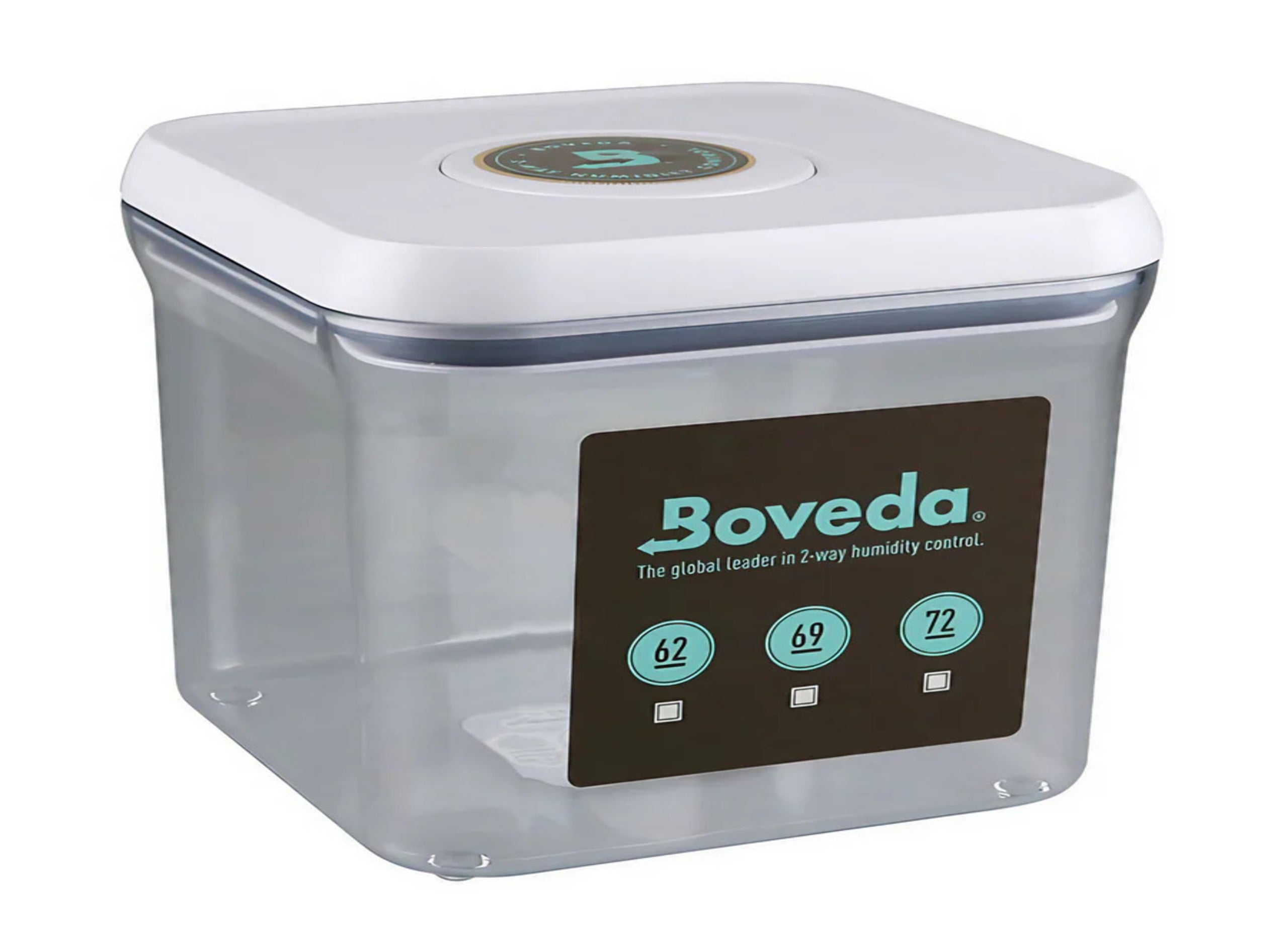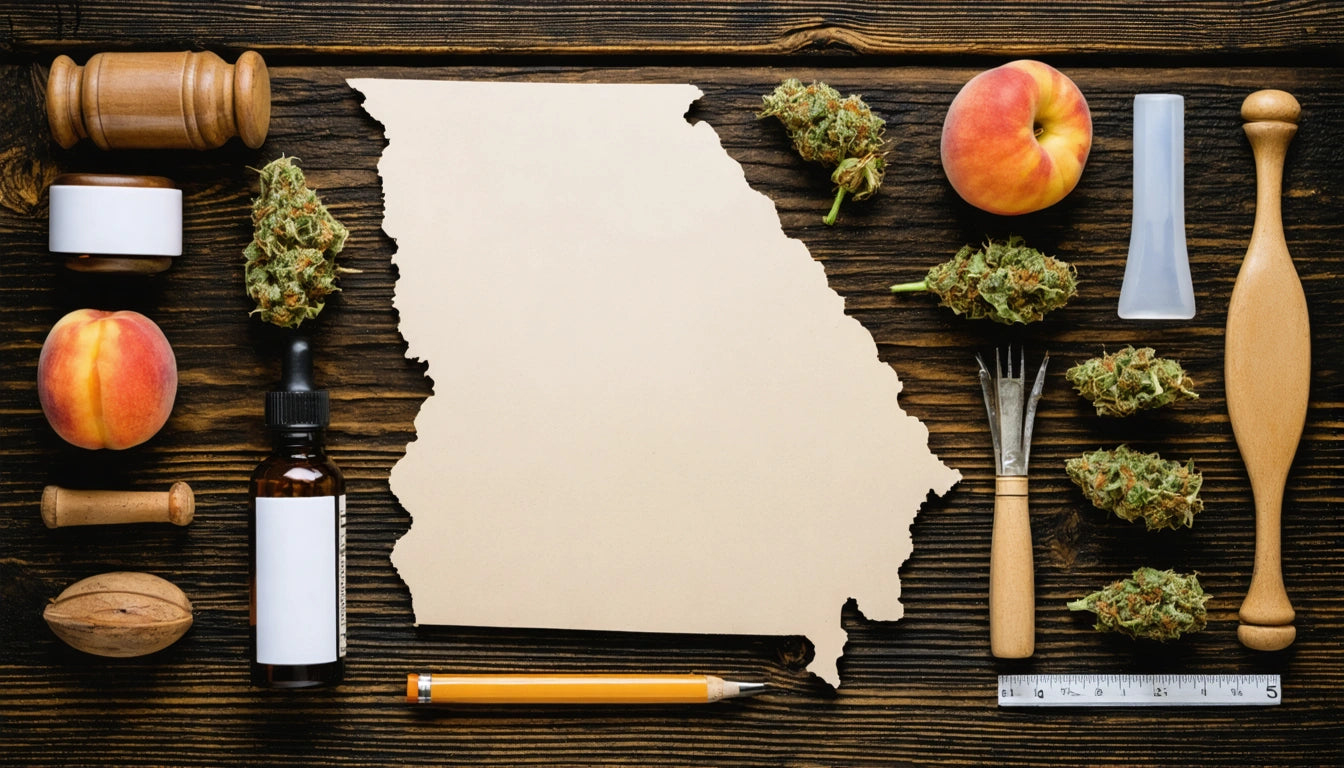Why Packaging Design Needs to Start With the End in Mind
Effective cannabis packaging design requires a strategic approach that considers the entire product lifecycle. Starting with the end in mind means designing packaging that not only showcases your product effectively but also addresses compliance requirements, sustainability concerns, and user experience from the very beginning. This forward-thinking methodology prevents costly redesigns and helps cannabis brands build long-term market presence.
Holistic Packaging Design Approach
A holistic approach to packaging design integrates all aspects of the product journey. Rather than treating packaging as an afterthought, successful cannabis brands incorporate packaging considerations into the earliest stages of product development. This comprehensive strategy ensures that the packaging works in harmony with the product, brand identity, and business objectives.
When designing packaging, consider:
- Product protection requirements
- Brand identity and visual communication
- Regulatory compliance across target markets
- Distribution and retail display needs
- Consumer unboxing experience
- End-of-life disposal or recycling options
By addressing these factors from the start, brands can avoid disjointed packaging solutions that fail to serve their intended purpose or require expensive modifications later.
Compliance and Regulatory Considerations
Cannabis packaging must navigate a complex regulatory landscape that varies by jurisdiction. Designing with compliance in mind from the outset prevents costly recalls and redesigns. Child-resistant features, warning labels, and tamper-evident mechanisms must be integrated thoughtfully rather than tacked on as afterthoughts.
For example, when selecting child-resistant closures for cannabis containers, the mechanism must be certified to meet CPSC standards while still allowing for easy adult access. These technical requirements influence the entire package design, from material selection to structural engineering.
Key Compliance Elements to Address Early:
- Child-resistant certification requirements
- Warning label placement and visibility
- Tamper-evident features
- Required information display space
- Restricted imagery and claims
Sustainability and End-of-Life Planning
Sustainable packaging begins with the end in mind. Consumers increasingly expect brands to minimize environmental impact, making sustainability a business imperative. Designing packaging with its ultimate disposal or recycling in mind ensures that environmental considerations are built into the product rather than addressed superficially.
Effective end-of-life planning includes:
- Material selection for recyclability or compostability
- Minimizing material usage without compromising protection
- Designing for easy separation of components
- Considering local recycling infrastructure limitations
- Communicating proper disposal methods to consumers
By planning for the package's end of life from the beginning, brands can make meaningful sustainability improvements rather than relying on greenwashing claims.
User Experience and Functionality
The user's interaction with packaging significantly impacts brand perception and loyalty. Designing with the end user experience in mind ensures that packaging functions effectively throughout its lifecycle. This includes consideration of opening mechanisms, resealing capabilities, storage requirements, and information accessibility.
User-Centered Design Considerations:
- Ease of opening for adults while maintaining child resistance
- Clear product information and usage instructions
- Convenient storage and resealing
- Dosage control features for regulated products
- Accessibility for users with physical limitations
Brands that prioritize user experience in their packaging design create positive associations that extend beyond the product itself. Thoughtful functionality builds loyalty and distinguishes products in competitive markets.
Strategic Packaging Investment for Long-Term Success
Viewing packaging as a strategic investment rather than a cost center transforms how brands approach design decisions. Starting with clear objectives allows for more efficient resource allocation and prevents the waste associated with reactive design changes.
Strategic packaging investments include:
- Scalable designs that accommodate growth
- Flexible systems that adapt to regulatory changes
- Brand-building elements that create recognition
- Material and production choices that balance cost and quality
- Packaging that facilitates efficient operations
By approaching packaging design strategically from the beginning, cannabis brands can create solutions that serve business needs while delighting consumers and meeting regulatory requirements. This proactive approach transforms packaging from a necessary expense into a valuable brand asset that contributes to market success.
The most successful cannabis brands recognize that packaging design is not just about containing a product but about creating a complete brand experience that begins with the first visual impression and extends through use and disposal. When every aspect of this journey is considered from the start, the result is packaging that truly works for both the business and the consumer.











Leave a comment
All comments are moderated before being published.
This site is protected by hCaptcha and the hCaptcha Privacy Policy and Terms of Service apply.